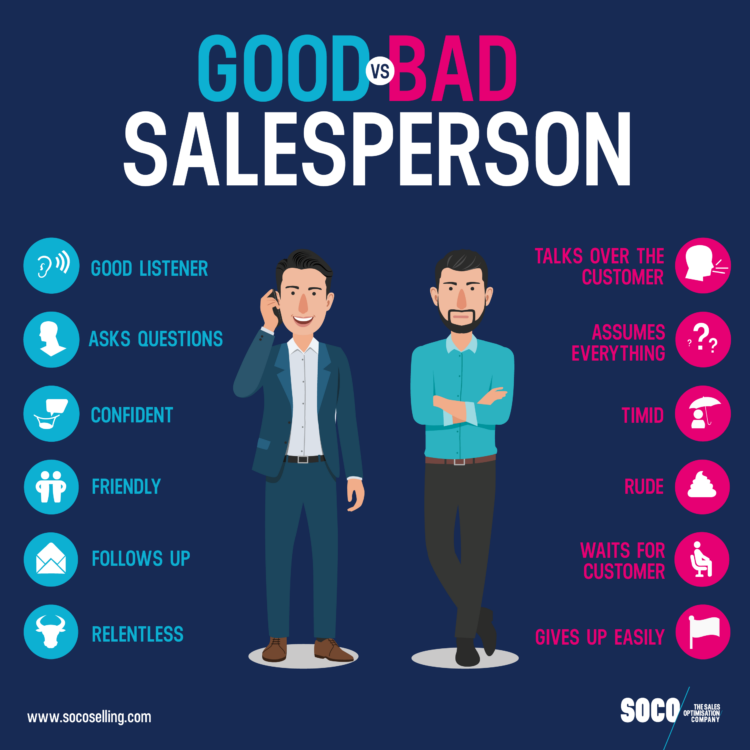Becoming a lubricant salesperson involves a combination of industry knowledge, effective communication skills, the ability to adapt to challenges, and a passion for success. It is imperative to identify potential difficulties and common mistakes, as well as build confidence in your pitch and communication:
Step 1: Acquire Industry Knowledge
-
Experience: Having an educational or professional background in engineering, chemistry, or a related field can be very beneficial, but is mandatory by no means. It helps in understanding the technical aspects of lubricants. Use your experience from previous jobs as well, although it may be a different industry, sales experience will translate.
-
Training and Certification: Attend training programs offered by lubricant manufacturers or industry professionals to gain in-depth knowledge about various products, applications, and industry trends. Certifications enhance your credibility and prove that you’re willing to go above and beyond.
Step 2: Understand the Market
-
Research: Conduct research about the lubricants market, competitors, target industries, and customer needs. Sign up for pertinent newsletters to stay up to date on industry regulations, trends and advancements.
-
Identify Potential Leads: Create a list of potential leads in industries that heavily rely on lubricants, such as manufacturing, automotive, or construction. Lead generation can be difficult, but it helps to casts a wide net as you may not know the full extent of the products potential customers use and product requirements will change dependent on the industry.
Step 3: Develop Sales Skills
-
Communication Skills: Master the art of effective communication. Be clear, concise, and persuasive in your pitch. Don’t cut people off, don’t oversell, and use the power of silence to your advantage.
-
Negotiation Skills: Learn to negotiate terms, prices, and contracts. Take your time and talk to your colleagues to figure out the best negotiation strategy for that customer. Understand the needs of your customers and tailor your offerings accordingly.
Step 4: Overcoming Difficulties
-
Technical Knowledge Gap: Understanding the formulation and technical aspects of lubricants can be intimidating. Fill any gaps in technical knowledge by constantly learning and engaging with technical experts within your network.
-
Rejection and Persistence: Rejections are VERY common in sales. You must learn to develop resilience and persistence to overcome the constant “No”. Use rejection as an opportunity to learn what didn’t work and adjust for next time.
Step 5: Common Mistakes to Avoid
-
Lack of Preparation: Insufficient knowledge about products and clients can lead to a lackluster pitch. Always be prepared, try creating a list of pre-call questions or talking points for a meeting. Have answers to common questions at hand: price, freight, package sizes, lead time, formulation, etc.
-
Overpromising: Don’t make unrealistic promises. Be honest about what products you can deliver and at what price point. We want to work with customers to provide a competitive price for the highest quality product.
Step 6: Building Confidence
-
Product Knowledge: Instill confidence in yourself by understanding the features, benefits, and applications of each of our products/product lines. Customers are able to tell when you know what you’re talking about.
-
Practice: Practice your strategy and ask your colleagues for advice. Constructive feedback helps refine your approach, colleagues may have similar experiences and will be able to tell you what works and what doesn’t.
-
Positive Body Language: Maintain eye contact, use open gestures, stand/sit up straight, and stay upbeat. Positive body language conveys confidence and attention to customer needs.
-
Customer Feedback: Use feedback from successful sales and client interactions to bolster your confidence and better plan your next meeting.

Some people are built for sales and some aren’t, but the path to becoming a salesperson is shorter than it may seem. Building confidence in your strategy and communication is an ongoing process that involves continuous learning and self-improvement.

